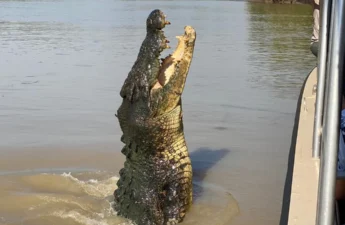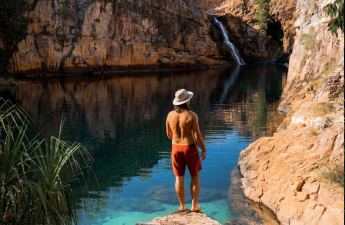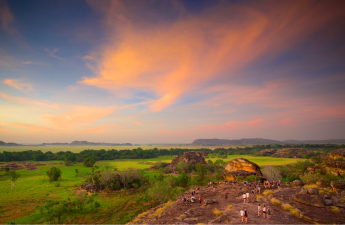Litchfield National Park offers some of the most scenic views in the Northern Territory, with its stunning waterfalls, pristine swimming spots, and an array of wildlife. Whether you’re on a day trip from Darwin or spending a few days exploring, Litchfield provides abundant opportunities for wildlife sightings, from wallabies to exotic birds. The park’s diverse geography, ranging from monsoon rainforests to open woodlands and rivers, creates a haven for some of Australia’s most iconic and rare species.
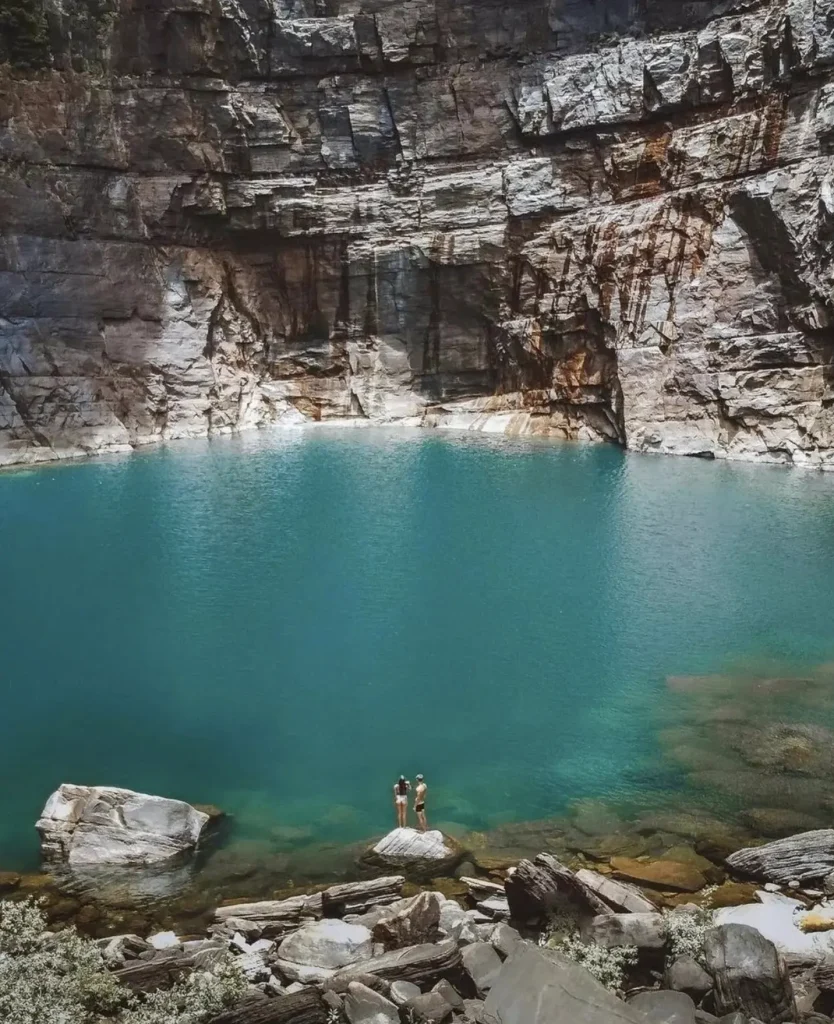
In this article, you’ll discover the different kinds of wildlife that inhabit the park, where to find them, and how the seasons can influence your wildlife-spotting experience. Whether you’re an avid birdwatcher or a wildlife enthusiast, Litchfield offers something for everyone.
Monsoon Rainforests: The Greenest Nature with the Most Animals
One of the highlights of Litchfield National Park is its well-established monsoon rainforests. These lush pockets of vegetation are located near water sources like Florence Falls and Sandy Creek. The rainforests offer moist, shaded areas, making them ideal habitats for various species.

In the dense foliage, you’ll encounter possums and flying foxes roosting during the day, emerging at night to feed. Visitors are often greeted by the sounds of birds chirping and small animals rustling through the trees. During the wet months, the rainforests come to life as heavy rains rejuvenate the vegetation, attracting even more wildlife.
While exploring, keep an eye out for the beautiful rainbow bee-eaters with their vibrant green and blue plumage. The rainforests are also home to frogs and small reptiles, who thrive in the cool, damp environment.
Open Woodlands and Savannahs: Mammals and Reptiles Roosting
Beyond the monsoon rainforests, Litchfield’s open woodlands and savannahs offer another opportunity to spot wildlife. These sunlit areas, particularly along Litchfield Park Road, are home to wallabies and a variety of large reptiles.
Wallabies are often seen in the early morning or late afternoon when the temperatures are cooler, grazing near picnic spots or resting in the shade. If you’re interested in reptiles, keep an eye out for the monitor lizard or goanna, which can grow up to two meters long. These impressive creatures are commonly seen basking on rocks or tree trunks, blending seamlessly into their surroundings.
Extraordinary Waterfalls and Wildlife
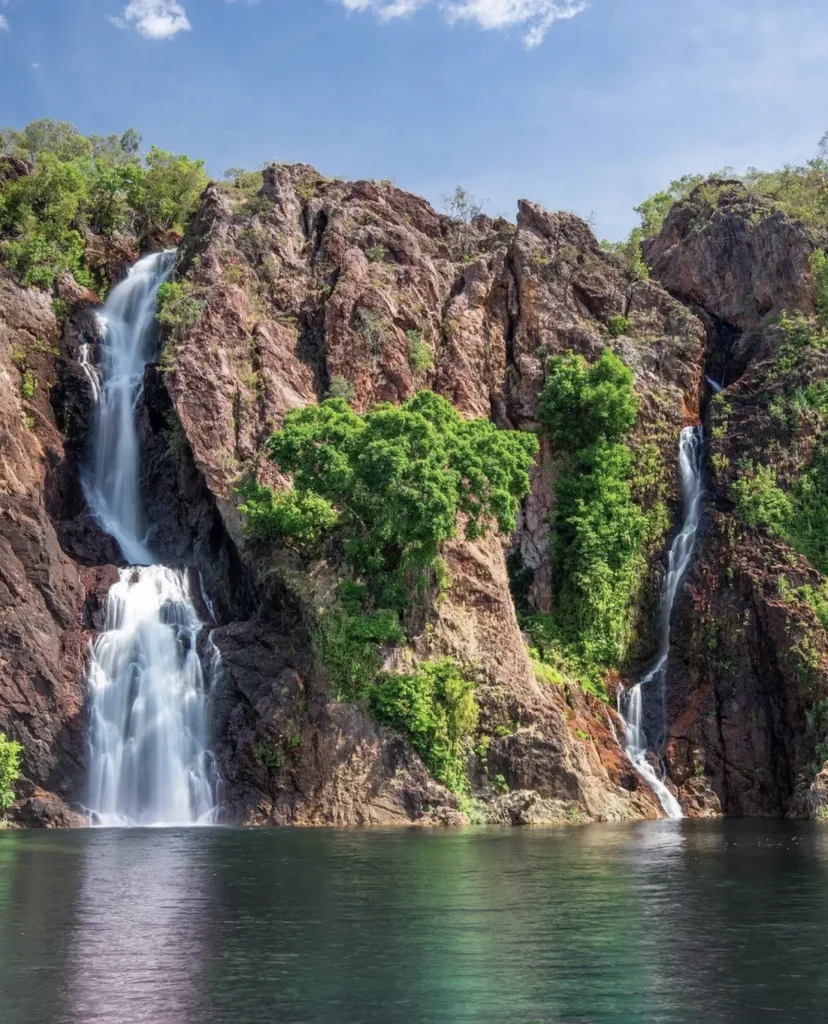
Litchfield National Park is famous for its spectacular waterfalls, including Florence Falls, Tolmer Falls, and Wangi Falls. These natural wonders not only offer breathtaking views but also serve as prime locations for wildlife spotting.
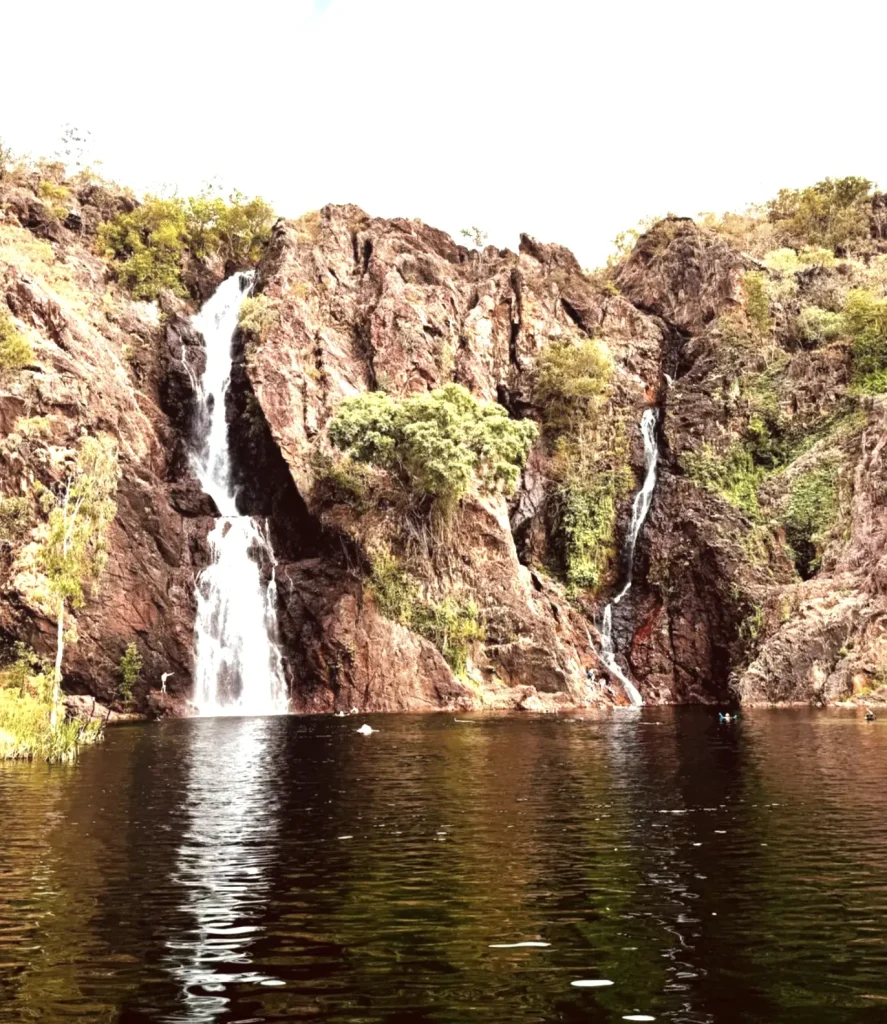
- Florence Falls: Known for its twin waterfalls and deep plunge pool, Florence Falls is surrounded by coastal forests rich in wildlife. Here, you might spot rainbow bee-eaters and kingfishers darting between the trees. Small lizards like skinks also bask on the rocky formations near the pool.
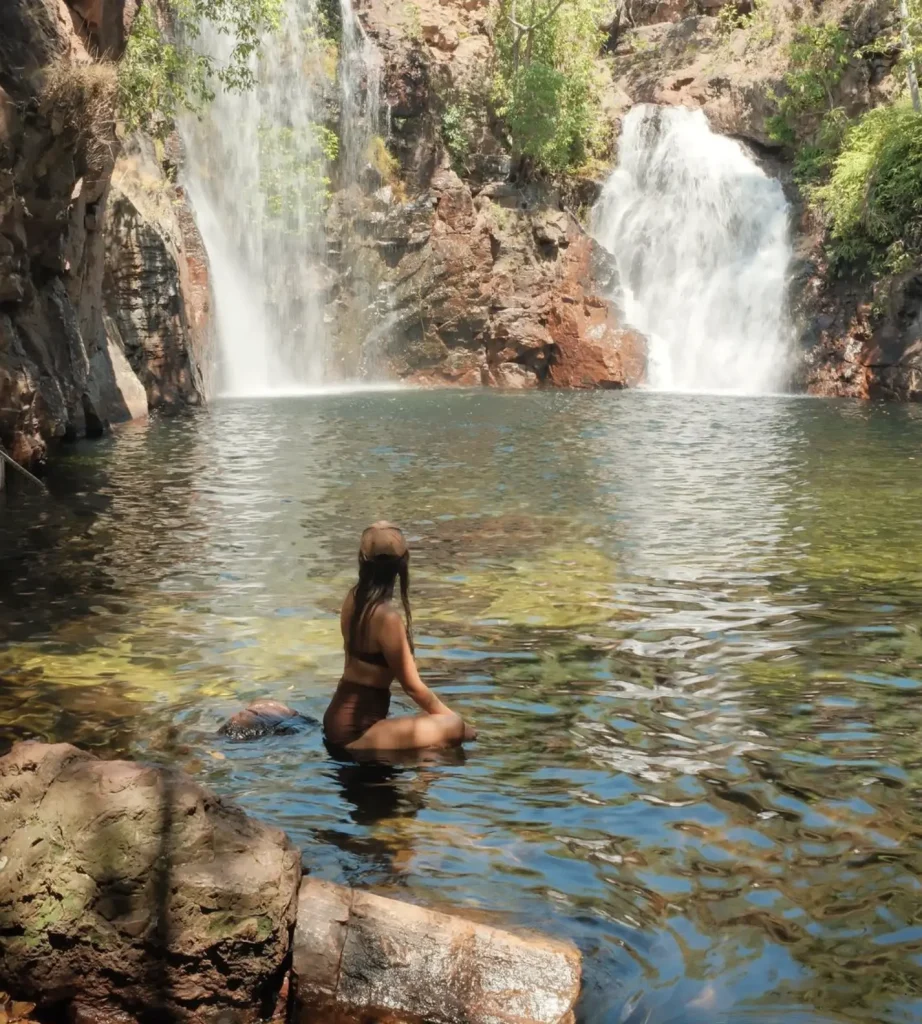
- Tolmer Falls: This stunning waterfall drops dramatically over a sandstone plateau. While swimming isn’t allowed here, the view from the lookout is worth the visit. You may spot eagles soaring above and rock wallabies shimmying along the cliffs.
- Wangi Falls: One of the most popular attractions, Wangi Falls is surrounded by lush vegetation that provides a habitat for flying foxes. These large bats can be seen resting in the trees during the day. In the dry season, the area around Wangi Falls is perfect for swimming, with plenty of spots to relax after a day of exploring.

Reptiles of Litchfield National Park
For reptile enthusiasts, Litchfield is a dream come true. The park’s warm climate and abundance of rocky outcrops make it a perfect habitat for various cold-blooded creatures. Skinks, geckos, and monitor lizards can be seen basking on rocks, while freshwater crocodiles lurk in secluded waterholes and rivers.
While freshwater crocodiles are generally less aggressive than their saltwater cousins, it’s still important to follow the park’s safety signs and avoid swimming in areas known to be home to crocodiles, particularly during the wet season.
Birds of Litchfield National Park
Litchfield is a haven for birdwatchers, with over 170 recorded species. The park’s diverse ecosystems support a wide variety of birdlife, including rainbow bee-eaters, kingfishers, and the majestic wedge-tailed eagle.
The best times for birdwatching are in the early morning or late afternoon when the birds are most active. Look for black cockatoos flying in pairs or groups, their distinctive calls echoing through the bush. The wedge-tailed eagle, Australia’s largest bird of prey, can often be seen soaring above the open plains, searching for its next meal.
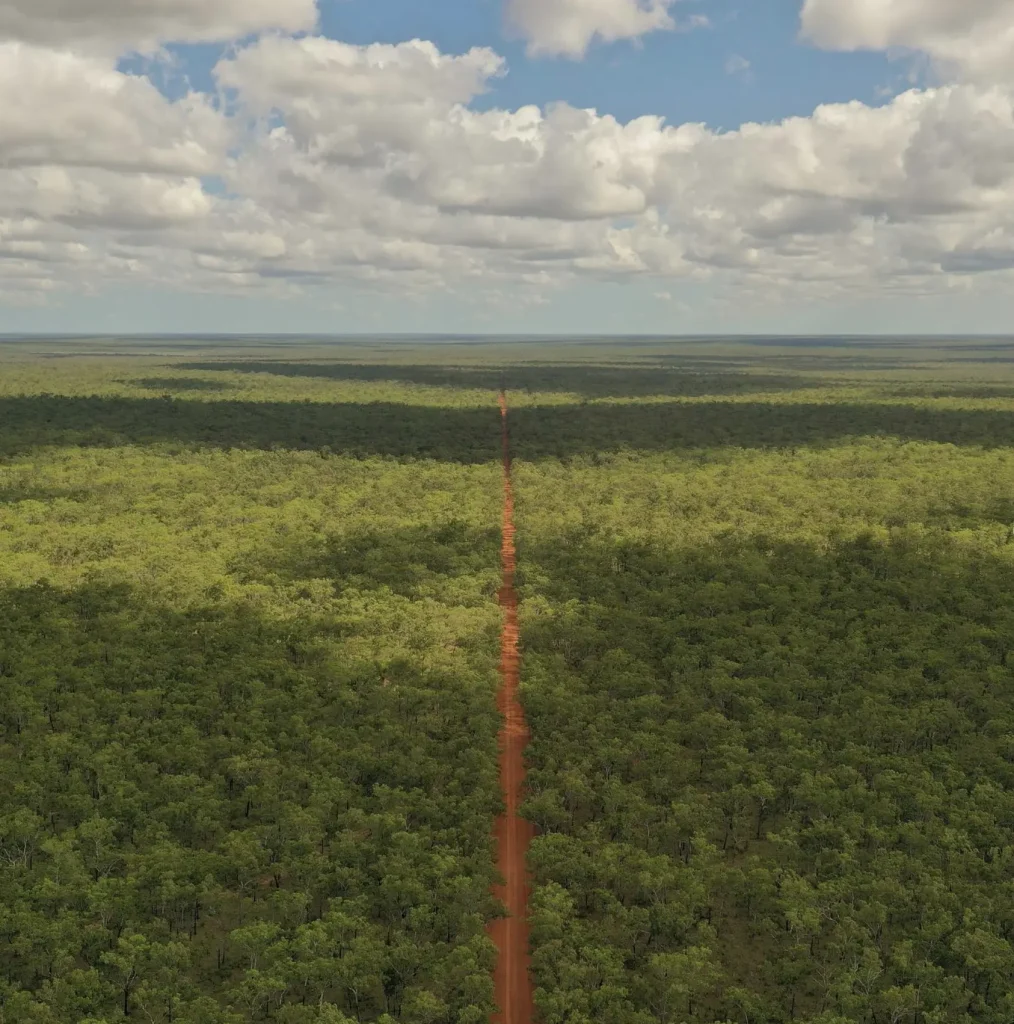
Wildlife Spotting Tips: When and Where to Visit
When planning your wildlife-spotting adventure in Litchfield National Park, timing is key. The wet season (November to April) brings heavy rains that revive the monsoon forests, attracting more wildlife. However, this season also makes it more challenging to spot animals due to the dense foliage and possible road closures.
The dry season (May to October) is the best time for wildlife viewing. With less rain, animals congregate around waterholes and rivers, making them easier to find. Sites like Florence Falls and Wangi Falls are ideal for spotting wallabies, reptiles, and various birds.
Documented Wildlife Watching Spots:
| Location | Wildlife Present |
|---|---|
| Florence Falls | Rainbow bee-eaters, kingfishers, skinks, wallabies |
| Wangi Falls | Flying foxes, freshwater crocodiles, cockatoos |
| Walker Creek | Goannas, wallabies, various bird species |
| Tolmer Falls | Wedge-tailed eagles, rock wallabies, monitor lizards |
| Surprise Creek | Skinks, kingfishers, frogs, various reptiles |
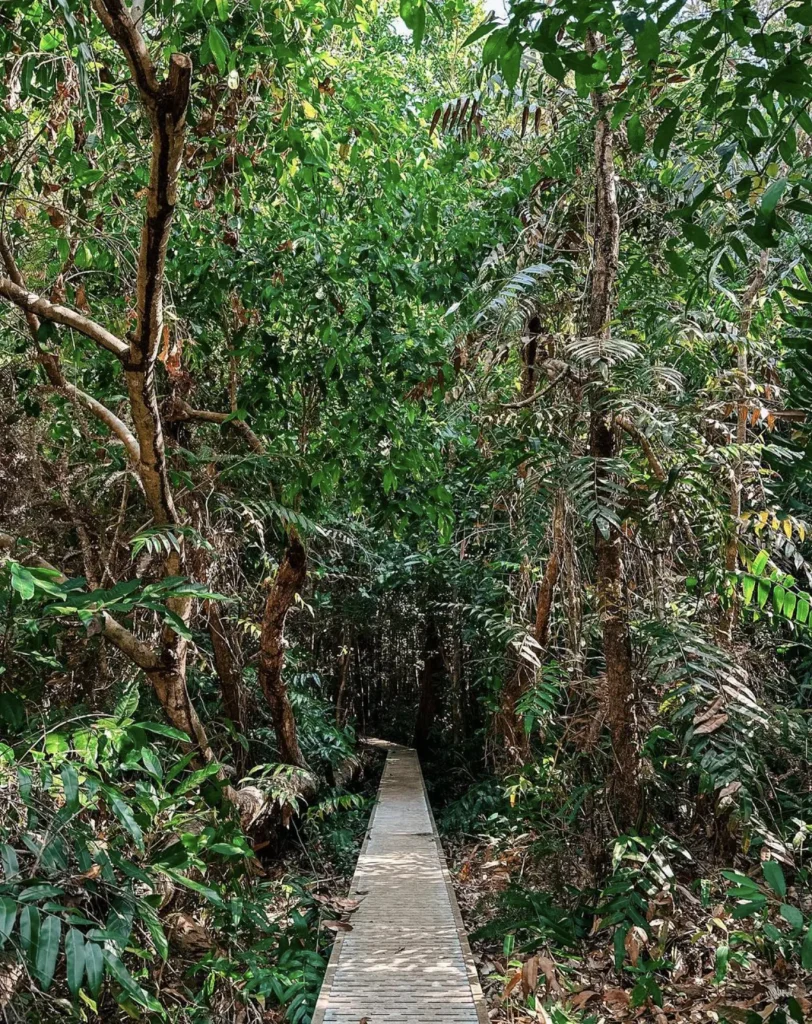
For the best chances of wildlife sightings, visit these locations in the early morning or late afternoon when animals are most active.
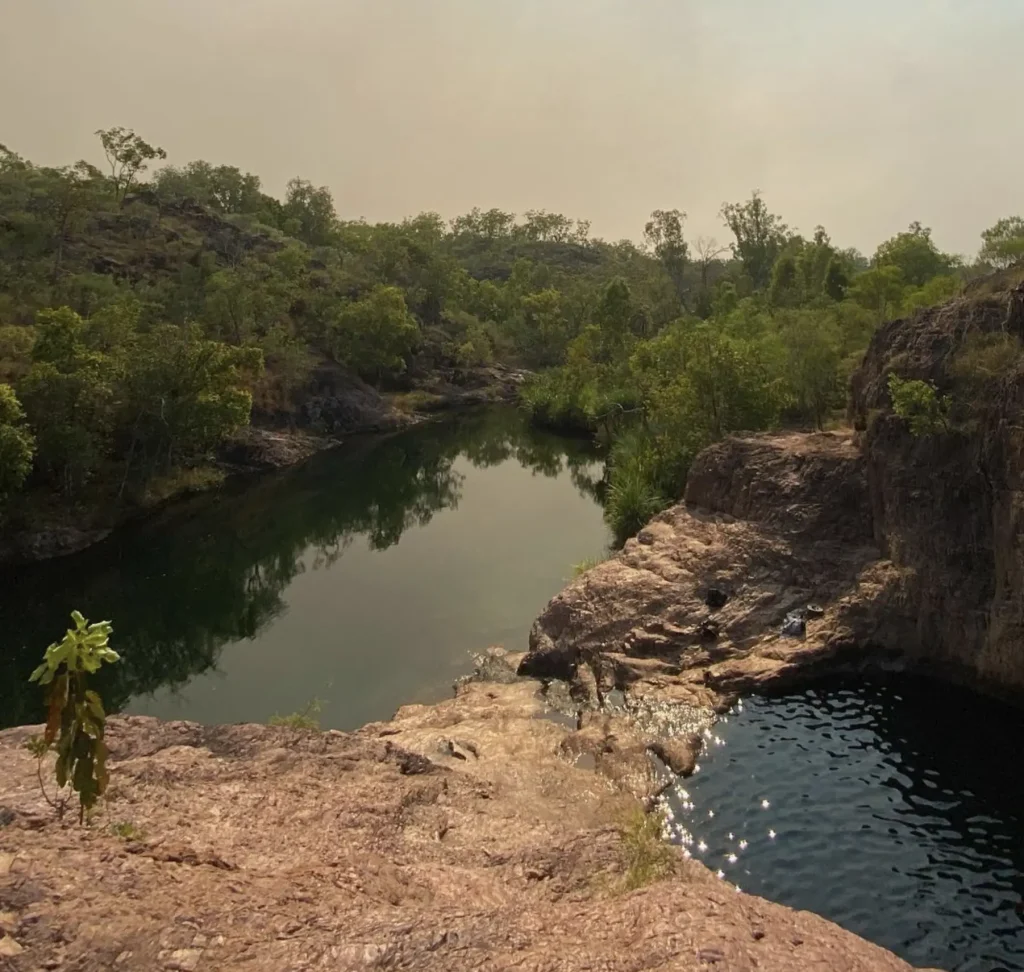
Termite Mounds: A Natural Marvel
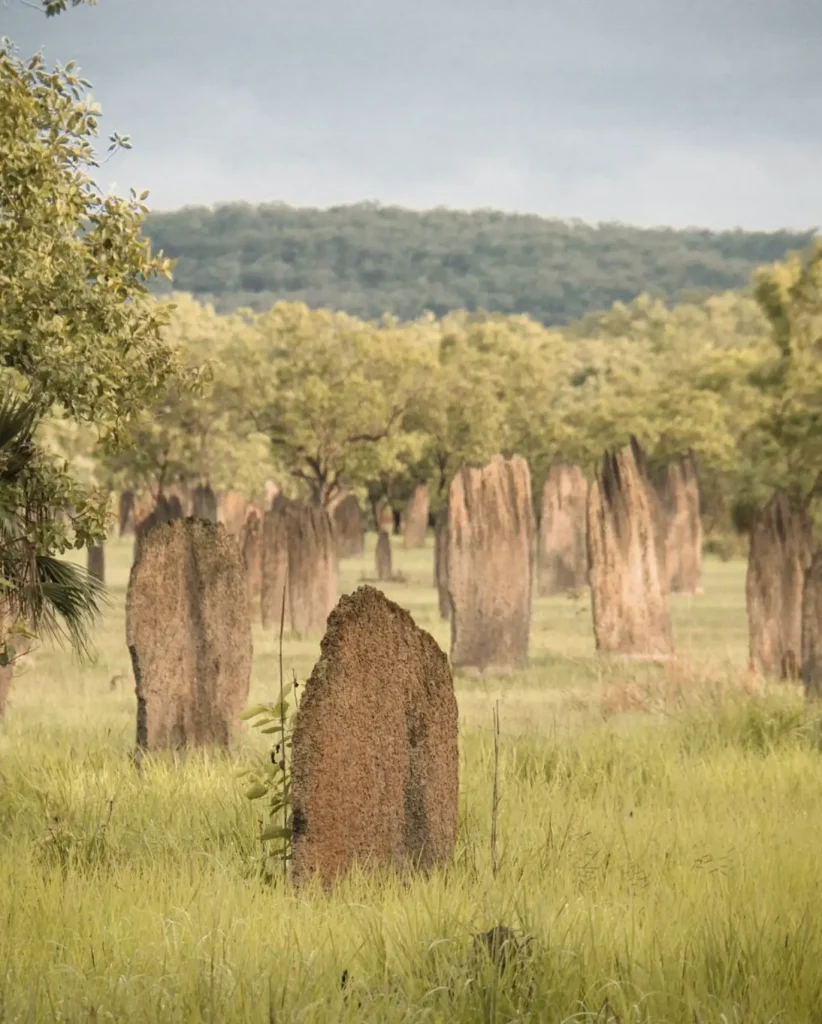
One of the most unique features of Litchfield National Park is its magnetic termite mounds. These two-meter-tall structures are aligned with the Earth’s magnetic field, helping the termites regulate the temperature inside the mound. Found along Litchfield Park Road, these mounds are a must-see for visitors and are one of the most photographed features of the park.
Swimming Holes and Water-Related Activities
After a long day of wildlife spotting, take a refreshing dip in one of Litchfield’s famous swimming holes. The plunge pools at Florence Falls, Buley Rockhole, and Wangi Falls are perfect for cooling off. However, always check for safety signs, especially during the wet season when crocodiles may be present.
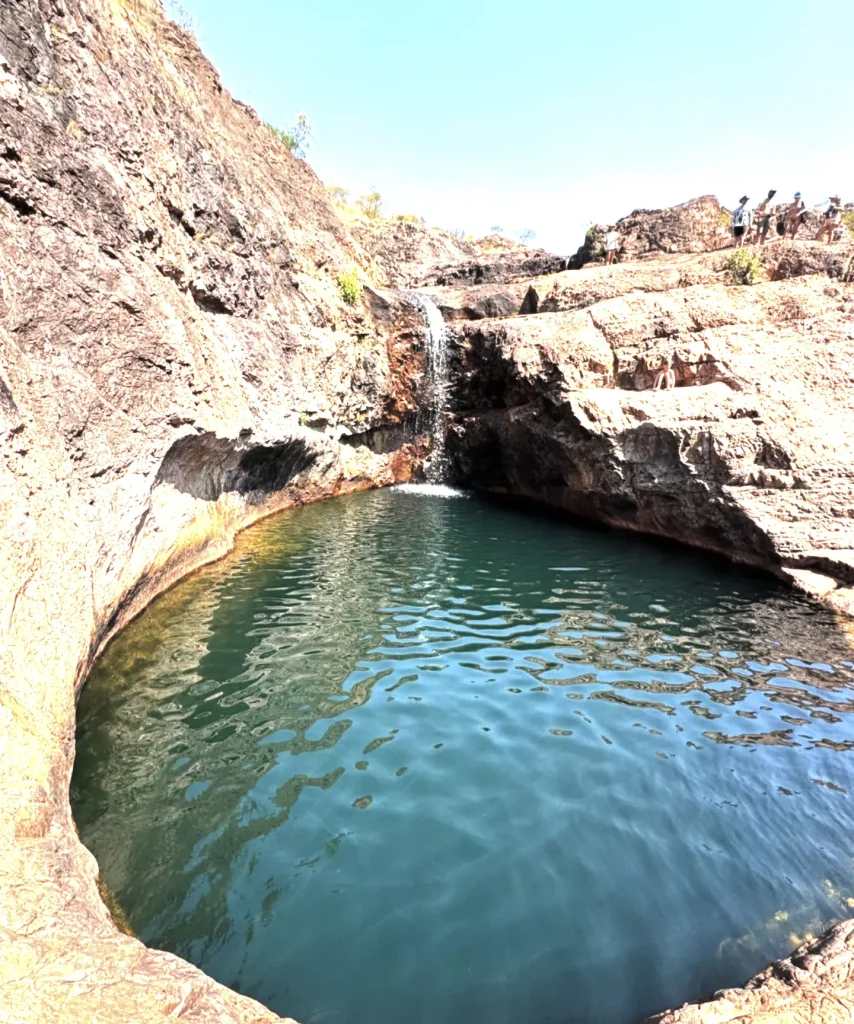
Aboriginal Heritage and Cultural Significance
Litchfield National Park holds great cultural importance to the Limilngan-Wulna people, the traditional owners of the land. Visitors can participate in Aboriginal-led tours to learn about the history, stories, and cultural practices of the region’s Indigenous people. Sacred sites and ancient rock art can be found throughout the park, providing a deeper connection to the land’s spiritual significance.
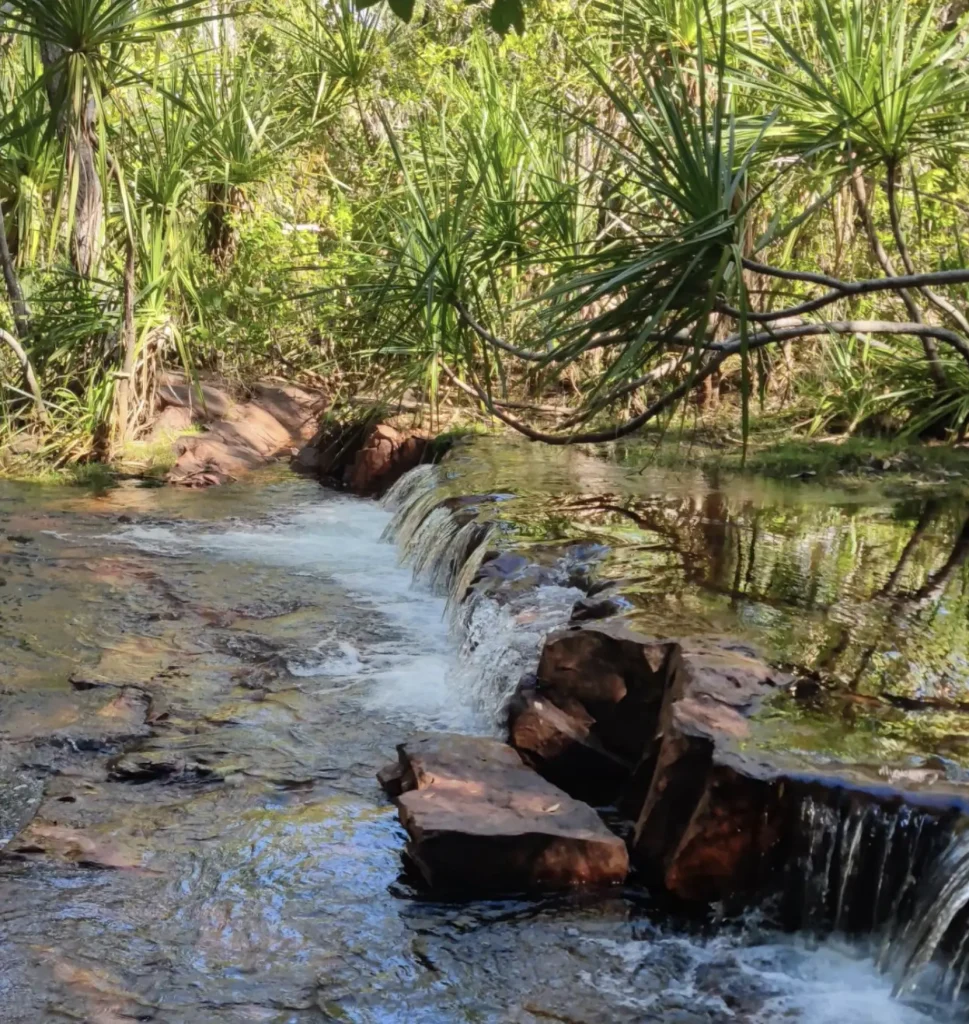
Staying Overnight in Litchfield National Park
For those looking to extend their stay, camping in Litchfield National Park is a great option. The park offers a range of campsites, from basic bush camps to more developed areas with picnic tables and toilets. Popular campsites include Wangi Falls Campground and Florence Falls Campground, both located near some of the park’s best swimming spots and walking tracks.
Conclusion
Litchfield National Park is a wildlife lover’s paradise, offering diverse ecosystems, stunning waterfalls, and an abundance of flora and fauna. Whether you’re exploring the monsoon rainforests, hiking through open woodlands, or cooling off in the park’s swimming holes, Litchfield offers unforgettable experiences for nature enthusiasts. Remember to respect the environment and follow park guidelines to ensure that future generations can enjoy the beauty and wildlife of this spectacular park.
FAQ
When is Litchfield National Park best visited to enjoy the beauty of the wildlife?
The dry season or high season, from May to October, is the most favorable time to visit Litchfield National Park. With cooler temperatures and less dense vegetation, it becomes easier to view a variety of animals, particularly wallabies, birds, and reptile species around waterholes and rivers. During this season, more walking and camping sites are accessible.
Are crocodiles present in the swimming holes within Litchfield National Park?
Yes, some swimming holes do have freshwater crocodiles, especially in the more remote regions of the park. During the wet season, swimming can be risky as the chances of crocodile presence are higher, and some areas may be closed. It’s essential to follow park rules and heed safety signage for a safe visit.
Is Litchfield National Park a camping area, and what facilities are available?
Litchfield National Park offers various campgrounds, ranging from basic bush camps to more established sites with toilets, picnic tables, and fire drums. Popular campgrounds include Wangi Falls and Florence Falls Campground, ideal for camping after a day of exploring the nearby swimming holes and waterfalls. There are camping charges, and sites are allocated on a first-come, first-served basis.

Are there any wildlife ranger-guided tours within Litchfield National Park?
Yes, there are guided wildlife Litchfield tours available, which are highly recommended if you want to learn more about the wildlife species and the cultural significance of the park. These tours are led by guides knowledgeable in the park’s ecosystems, Aboriginal history, and wildlife.
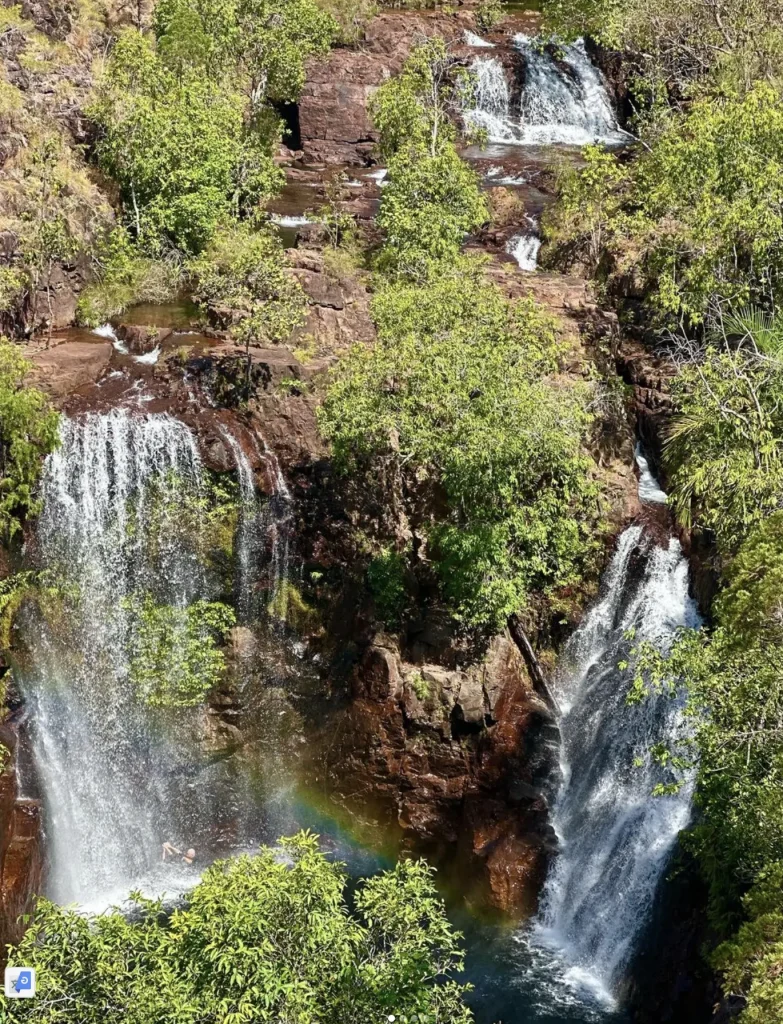
Are families with kids welcome to visit Litchfield National Park?
Certainly! Litchfield National Park is very family-friendly, offering safe swimming grounds, walking tracks, and plenty of places to relax and enjoy a packed lunch. Pools at Buley Rockhole and Florence Falls are particularly appealing to families, with shallow and safe ends perfect for children.
